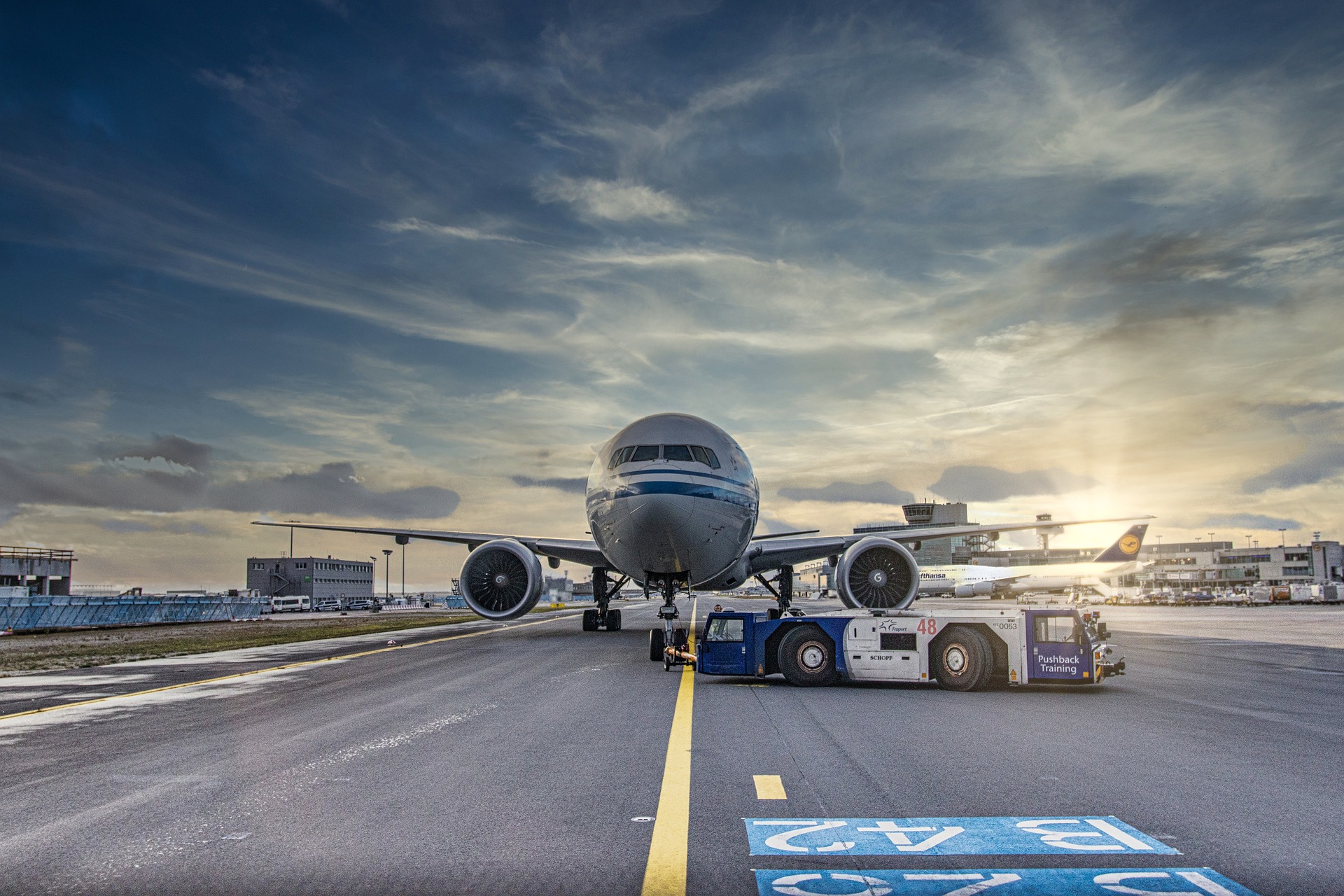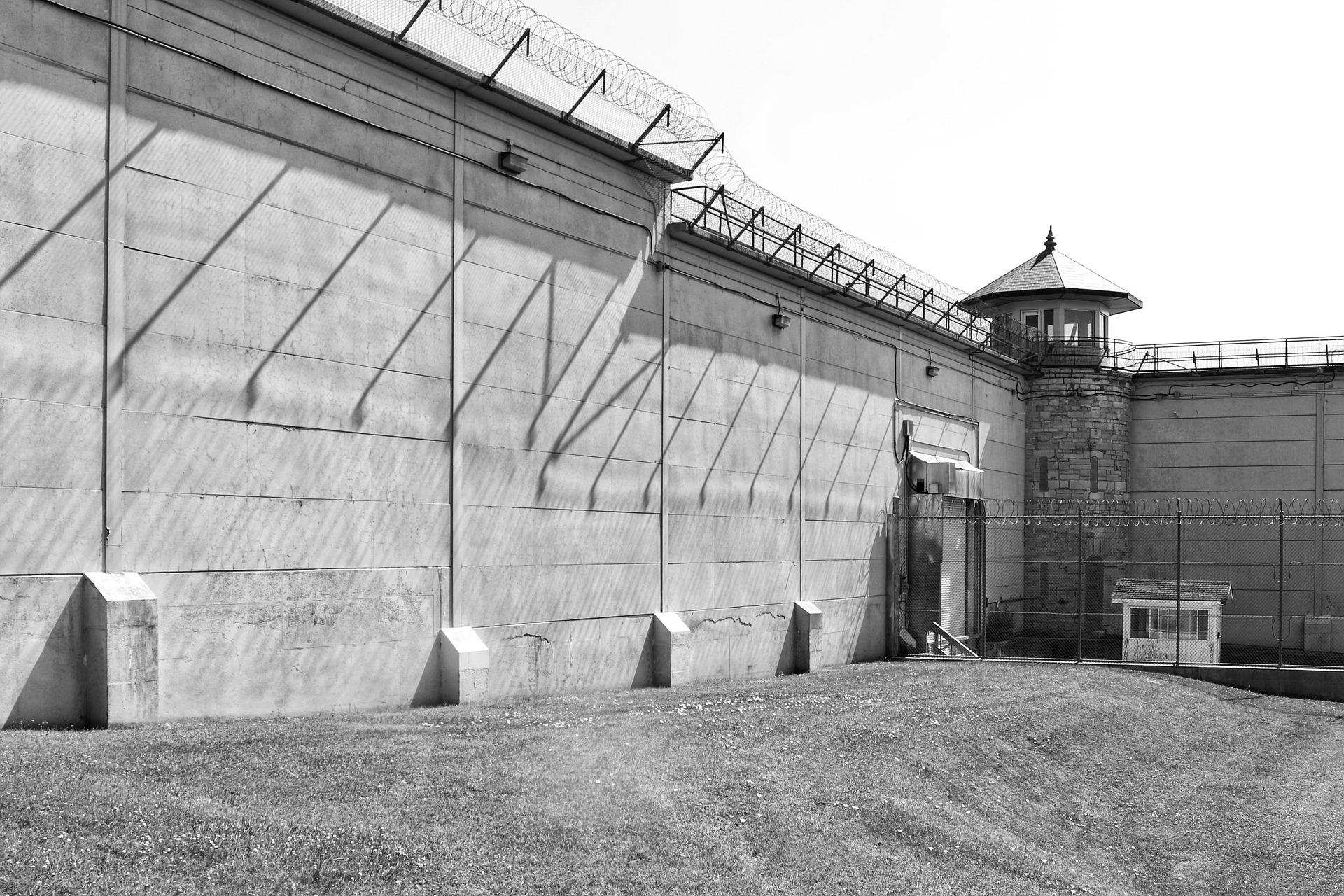Transforming Travel: The Advent of Electric Plane Journeys
Unseen, untraveled, and unfathomed, the future of transportation is electrifying. Imagine embarking on a journey, jetting across the skies, sans the drone of engines, the fuel emissions, or the colossal fuel costs. Welcome to the promising world of Electric Plane Journeys—an innovative chapter on the travel frontier!

Zooming in on Electrification in the Skies
In the chronicle of transportation, the race toward electrification began on terra firma. From electric automobiles to high-speed electric trains, we have progressively distanced ourselves from fossil fuel-dependent transport. However, it’s the advent of electric aviation that’s creating a buzz.
Electric aviation traces its nascent roots back to the early 1970s when the first manned electric aircraft, the Militky MB-E1, took flight. The journey from then to now, where commercial electric flights are becoming a possibility, has been fueled by persistent research and landmark technological breakthroughs.
The Electric Plane Phenomenon: Current State & Future Potential
Spearheaded by industry giants and innovative startups, the electric plane segment is experiencing unprecedented growth. These futuristic birds promise cleaner transportation, lesser noise pollution, and significant savings on fuel costs. Furthermore, advancements like battery-powered propulsion systems and solar panel integrations are propelling the electric aviation industry closer to making regular commercial flights a reality.
While we aren’t yet boarding transcontinental electric flights, short-haul electric commercial flights have begun making headway in the aviation sector. Indeed, they are hailed as the promising first step towards a more sustainable future in travel.
Weighing the Upsides and Downsides
Electric planes are arguably the game-changers of modern travel, but they come with their own set of challenges and advantages. On the upside, they promise reduced carbon footprint, lowered operational costs, and a quieter flying experience.
However, they confront hurdles too. Current battery technology cannot support long-haul flights yet. Safety concerns and infrastructure requirements pose serious considerations. Electric planes, although exciting, are still in their relative infancy, asking for significant time, investment, and development. Still, their profound impact on sustainable travel remains unquestionable.
A Look Beyond the Horizon
The science behind electric planes is much more than just replacing jet fuel with a battery. It requires reimagining the future of energy, infrastructure, and aerodynamics. Continuing research and real-world testing are actively contributing to the ongoing development of electric aviation. As technology evolves, the aviation industry’s big bet on electric planes showcases a glimpse of a cleaner, greener, and quieter future.
Chucking in Some Electrifying Facts
- The pioneering electric plane, Militky MB-E1, took off for the first time in 1973.
- In 2019, a nine-seater e-plane successfully completed a commercial test flight in Canada.
- Electric planes can slash emissions by 50%, contributing significantly to climate solutions.
- NASA is rigorously working on its all-electric plane, the X-57 Maxwell, that highlights the benefits of electric aviation.
Flying is integral to modern lives, connecting us to distant corners of the world. We love everything about it—except the long queues, the interminable waiting, and of course, our concerns about the environment. Amid these challenges, electric planes offer hope for a future where travel is more sustainable, enjoyable, and cost-effective.
In an era where technology-savvy travelers are redefining travel preferences, the electric plane journeys ring in as a welcome breeze of change—a change we not only desire but one that we truly need. While challenges persist, they signal opportunities for growth and innovation. As we stand on the juncture of revolutionizing the way we travel, embracing electric plane journeys indeed exemplifies that the “future is electric.”




